Off Set Resistance Exercises
Offset resistance exercises are strength based movements that asymmetrically load one side of the body. This type of training can help improve coordination, motor control, and overall movement posture. Here are some examples of exercises using this method: ▪️REVERSE LUNGES – Place the weight on the same side as your working leg. Turn hips forward […]
Workout Wednesday
Workout Details Using two kettlebells in this position adds an instability factor to the shoulders, which then translates to the core. Make sure to use two lighter kettlebells because the weight will add up! These are exercises where you are pushing or pulling against an immovable object. These are effective for training certain postures during […]
A Core Circuit for the Whole Trunk
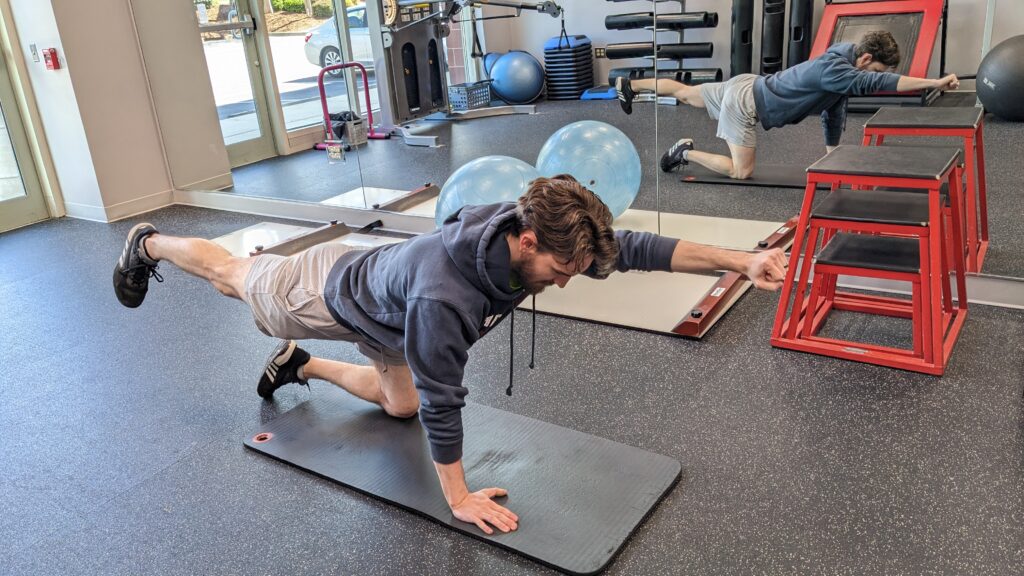
Many people think “core” exclusively means abs, and that abs means crunches. In reality, the core is a myriad of muscles involved in the stabilization of the lumbar (lower) spine, hips, and ribcage. Someone could design a core circuit around trying to train each of those muscles individually. However, functionally it is rare that any […]
Strength Training for Women
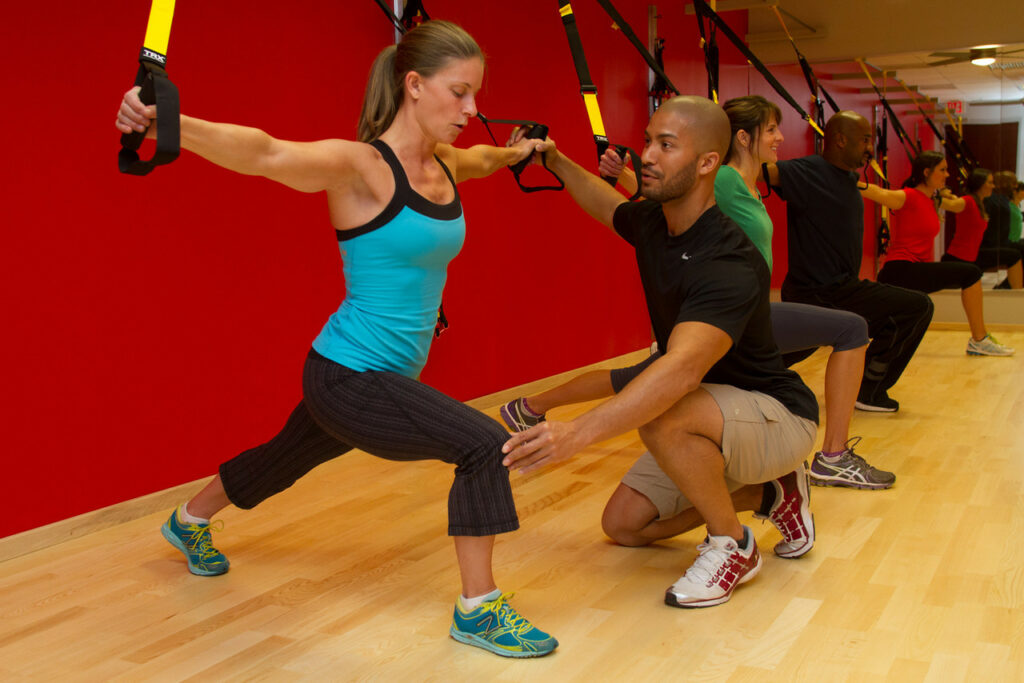
Today and every day we are focusing on Women’s Health… More specifically we are highlighting why it is so important for women to resistance train. There are countless reasons why strength training is beneficial for women but here are a few upsides. And, why Empower provides personal trainers for women. 1. Increased Metabolism! Your Resting […]
Group Fitness is Back!
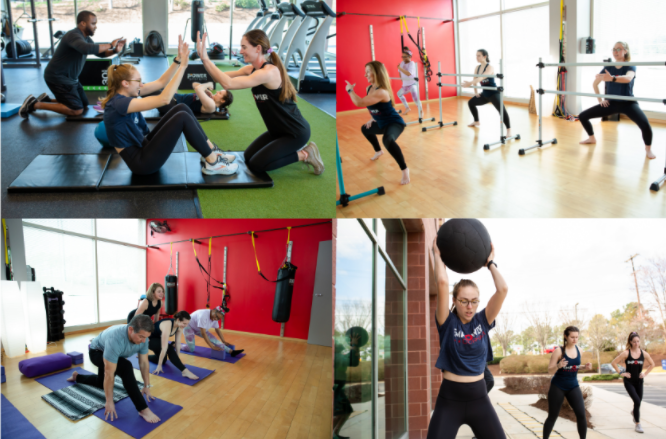
Drum Roll Please . . . Something great is returning to Empower, and we are so excited. As you know, we made a lot of big decisions throughout the Covid-19 pandemic and one of those decisions was to halt all group training sessions to minimize exposure to people from different households. However, as we emerge […]
Mindful Movement & Meditation
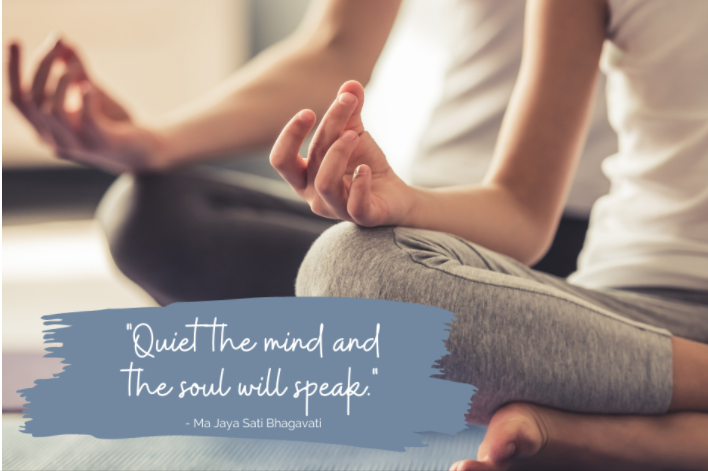
Mindful Movement and Meditation: 4 Week Series – Sundays, 4:00 – 4:45 pm Starting Oct. 17th If you are one of the majority who thinks you can’t meditate because you can’t sit still, we designed this class for you. By incorporating qigong and tai chi-inspired movements prior to meditation, you will release built up energy […]
R.J. is Back at Empower!
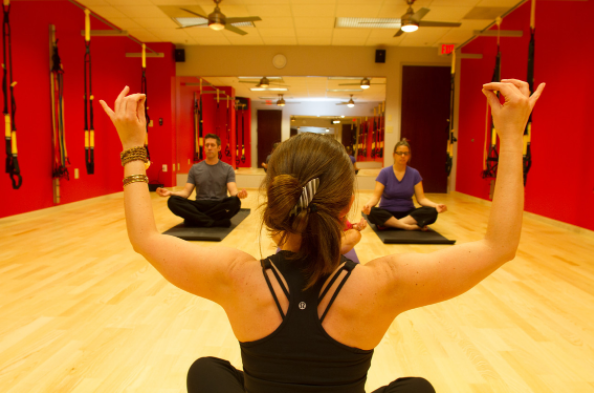
This is the best news we have had to share in a long time . . . For those of you who have been at Empower long enough to remember R.J. Lisander, it thrills us to announce SHE IS COMING BACK to Empower! For those of you who have yet to meet R.J., you are […]
Got Glutes?
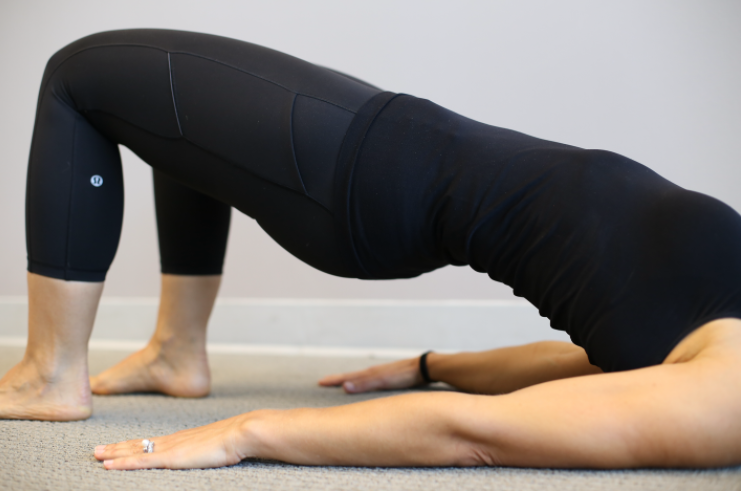
There is far too much talk about what our backside looks like and not enough talk about what these muscles actually do. Let’s look. There are three different glute muscles: Gluteus maximus Gluteus medius Gluteus minimus Together, these muscles are the primary movers for hip extension, hip internal rotation, and hip abduction (moving the leg […]
Fueling for Performance, Recovery and Results
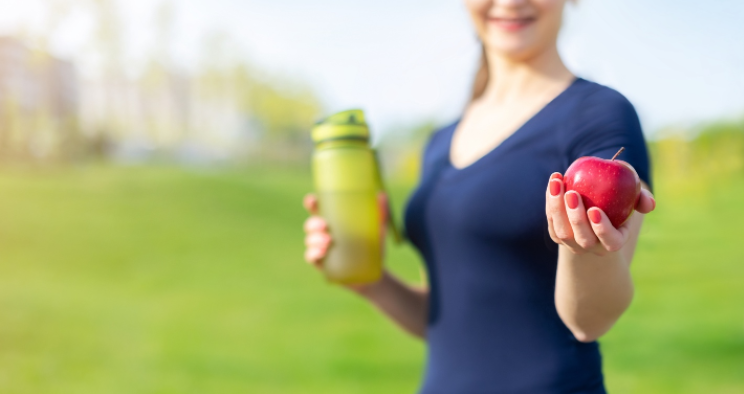
By Michael Raynor, MS, RD, LDN Eating the right things at the right times around our workouts is one of the biggest things we can do to improve our performance for our workouts and improve our recovery from them—ensuring that we’re getting the most out of them. It also is one of the most neglected […]
Group Training is Back
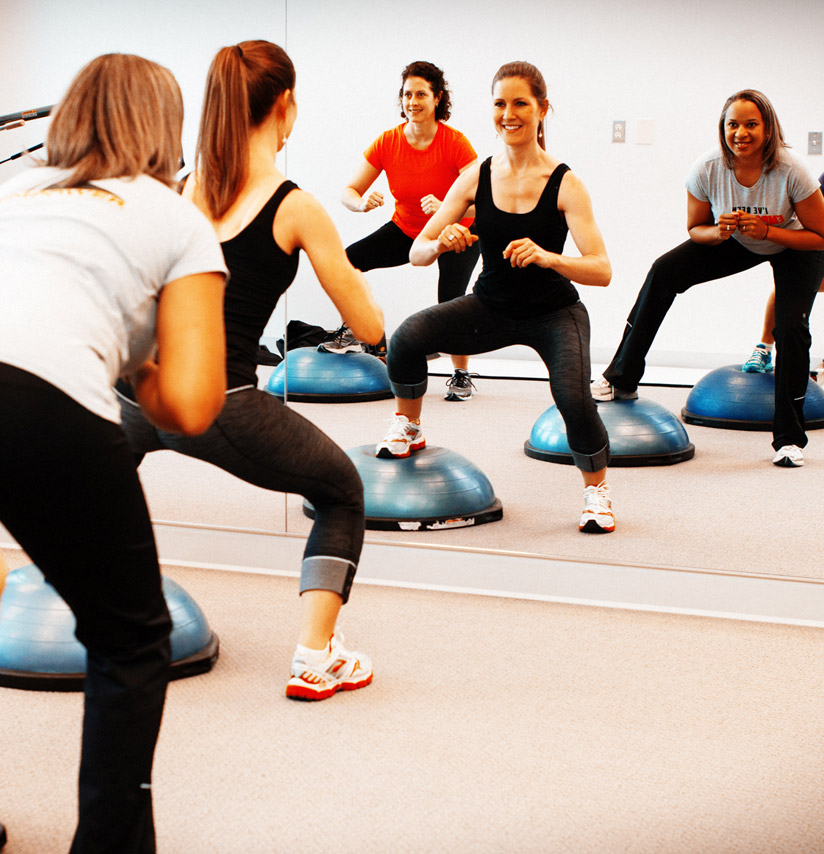
PERSONAL GROUP TRAINING IN DURHAM–WE’RE BACK AT IT! We are so super excited to announce that we are adding 2 IN STUDIO group training sessions to our schedule as we tip-toe back toward “normal”! YAY!! We would love to have you join us. You don’t have to be a client or have a membership to attend group training […]

